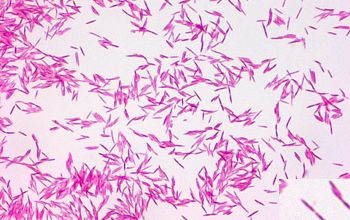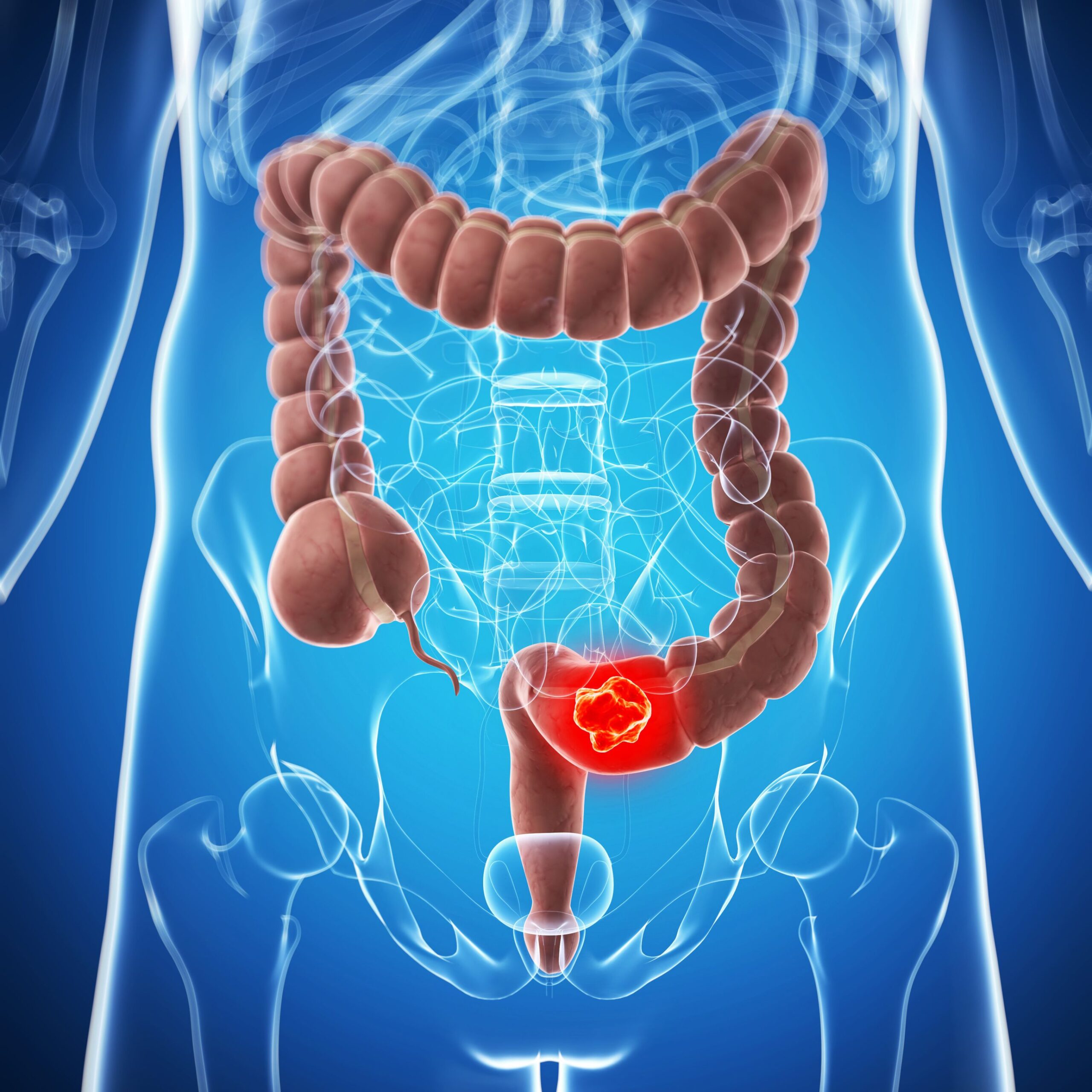Researchers at the Fred Hutchinson Cancer Center have made a significant breakthrough in understanding the role of a specific subtype of bacterium commonly found in the mouth in the context of colorectal cancer (CRC). Through meticulous analyses of human tumor tissues and studies in mice, the team has identified a particular lineage, or clade, of Fusobacterium nucleatum animalis (Fna) subspecies, known as Fna C2, as a major driver of cancer progression. These findings, led by cancer microbiome researcher Susan Bullman, PhD, and molecular microbiologist Christopher D. Johnston, PhD, indicate that Fna C2 contributes to poorer patient outcomes post-cancer treatment.
Common member of oral microbiota as notable cancer-associated bacterium
Colorectal cancer stands as the second most common cause of cancer deaths among adults in the United States, highlighting the critical need for improved therapeutic approaches and early screening methods. Bullman and Johnston believe that their study presents promising opportunities for the development of microbial cellular therapies utilizing modified bacterial strains to deliver treatments directly into tumors, potentially transforming the landscape of CRC treatment.
Fusobacterium nucleatum (Fn), a member of the oral microbiota, has emerged as a notable cancer-associated bacterium. Genomic analyses have revealed an enrichment of Fn in human CRC tumors compared to non-cancerous colorectal tissues. High levels of Fn within tumors have been associated with recurrence, metastases, and poorer patient prognosis. Despite this, the considerable variation in Fn genotypic and phenotypic features has posed challenges in replicating cancer-inducing phenotypes in animal and cellular models, suggesting that only select Fn strains may possess carcinogenic capabilities.

The culprit: a specific subtype
Bullman and Johnston, co-corresponding authors of the team’s published paper in Nature, titled “A distinct Fusobacterium nucleatum clade dominates the colorectal cancer niche,” emphasize the significance of their results. Their study, in fact, identifies the Fna clade bifurcation and demonstrates that specifically Fna C2 drives Fn enrichment in human CRC, shedding light on the genetic underpinnings of Fna C2’s adaptation to the CRC niche. This highlights Fna C2 as a highly virulent subgroup of Fn, which requires further studies to be used as element of a more effective therapeutic strategy.
While Fn is typically found in the oral microbiota and rarely detected in the lower gastrointestinal tract of healthy individuals, genomic analyses have shown its enrichment in human CRC tumors. The authors note the association between high intratumoral Fn loads and poorer patient prognosis, underscoring the need for targeted interventions. However, the heterogeneity in Fn strains has made it challenging to reproduce cancer-inducing phenotypes in models.
For their recent study, the researchers aimed to elucidate the mechanism by which Fn migrates from the mouth to the lower gut and contributes to cancer growth. Through genetic analyses, they identified distinct traits in the tumor-infiltrating Fna C2 type, suggesting its ability to travel through the gastrointestinal tract and thrive within CRC tumors. A comparison between tumor and healthy tissue revealed the significant enrichment of Fna C2 in colorectal tumor tissue, further implicating its role in colorectal cancer growth.
Way ahead and implications
Further molecular analyses across patient cohorts and stool samples confirmed the prevalence of the Fna C2 lineage in CRC cases. Notably, experiments in a mouse model of CRC showed that animals treated with Fna C2 exhibited an increased number of intestinal adenomas and altered metabolites, indicating its pro-oncogenic effects.
The study’s findings underscore the importance of functional studies to understand how microbial communities within human tumor tissues contribute to disease. Through large-scale culturing, sequencing, and comparative genomic analyses, the researchers revealed distinct CRC-enriched genetic factors of Fn, predominantly present within the Fna C2 clade. This comprehensive understanding of Fna C2’s role in CRC pathogenesis is crucial for developing effective preventive and treatment methods.


Leave a Reply